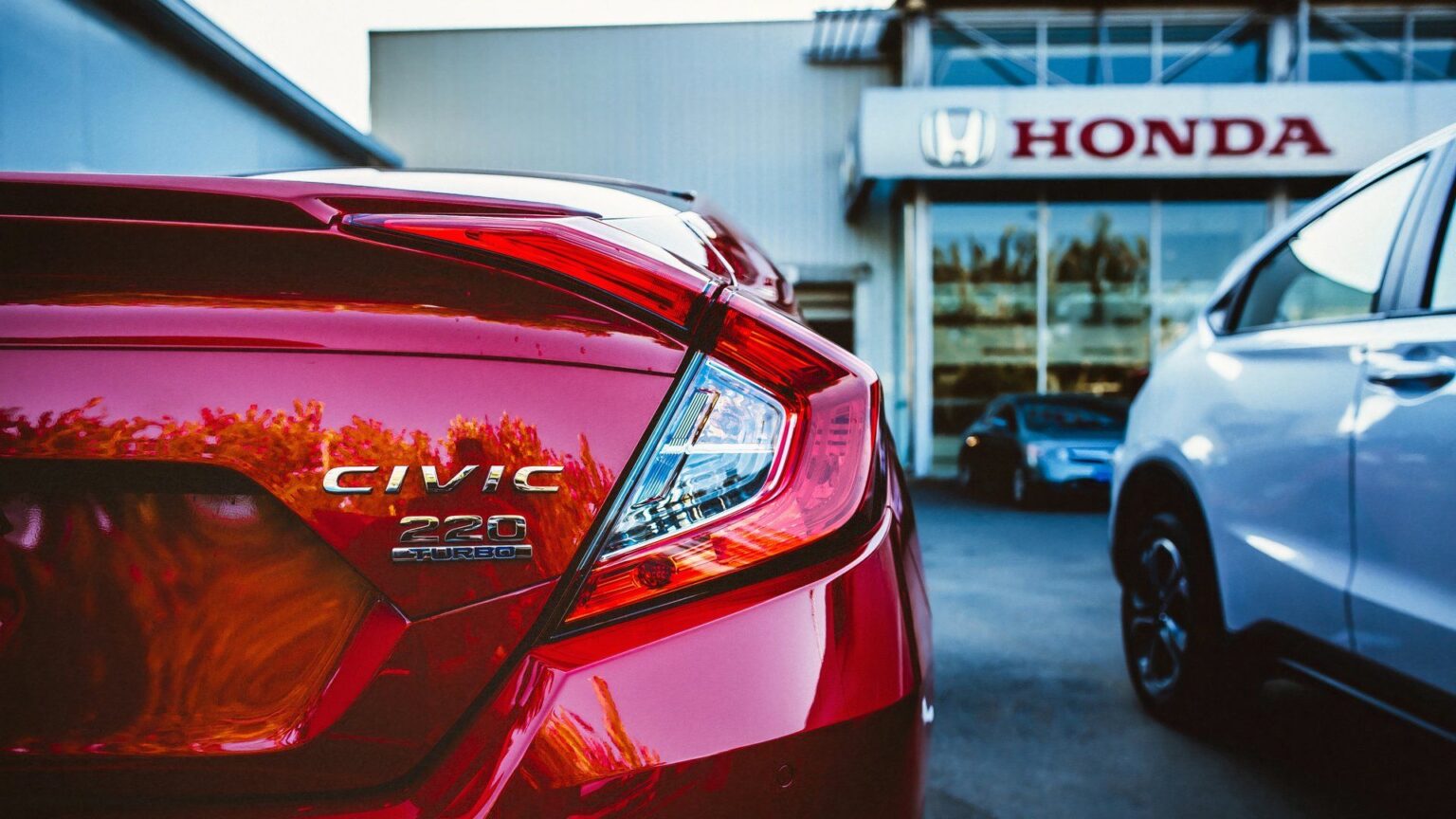More than 100 million Americans have a car payment. Per Bloomberg, that’s up from 81.4 million in 2010. The amounts those 100+ million Americans are paying has risen as well, and in January, the share of subprime auto loan borrowers reached 6.56 percent — the highest in history. 6.6% of subprime (those with a credit score below 640) borrowers were at least 60 days behind on their car payments.
Too Many Americans Can’t Make Their Car Payments
These figures are based on Fitch Ratings data, and these data are the highest seen since the institution began keeping track in August 1991. The economy is slowing, and it, alongside growing inflation, has made it much more difficult for subprime borrowers to keep up with payments. Conversely, borrowers who are above the subprime line are faring much better. Only 0.39% of prime borrowers are behind on their payments, though even this is up .01% from last year. Meanwhile, the Federal Reserve Bank of New York reported the share of auto loans in serious delinquency (payments more than 90 days past due) has risen to 3%, the highest since 2010.
“The lower income level has been really affected, and we expect that to continue to be the case this year. There’s still the continued impact from higher inflation and interest rates.”
— Mike Girard, senior director for asset-backed securities in North America, Fitch Ratings
High Costs Also Drive Delinquency
Higher car costs also contribute, with more expensive vehicles leading in turn to higher payments. The average new car payment is now a brutal $737, with used car payments reaching an average of $520 per month. The total costs of newer vehicles have steadily risen. The average MSRP for a new vehicle is nearly $50,000, and many of the cars tested by TopSpeed can easily exceed this thanks to higher trim levels and options. However, it’s not just costs associated with the purchase of a new car that is on the rise.
Insurance prices are also increasing. Here, there are a number of factors at work, including high repair costs driven by new and more sophisticated technology found in today’s new cars. Higher sticker prices also feed higher insurance premiums, creating a cycle of ever-increasing rates for new vehicles. Used car owners may find some relief here, but even vehicles made in the last decade can suffer from the aforementioned high repair costs. Bloomberg acknowledged that the number of Americans behind on payments may, thankfully, ease somewhat in coming months as tax returns and the end of holiday spending allow some to catch up. However, the trend continues upward according to Fitch data.
TopSpeed’s Take
The web of causes and effects surrounding high car payments and insurance costs is a tough one to un-weave. Data indicates an upward trend over the last 30 years, with only brief spots of relief. Car-forward infrastructure in the US also affects the number of Americans who must rely on a car to get to their jobs, and while a more diverse transportation network is just one solution, the number of delinquent borrowers still shows no signs of bucking the upward trend.
Read the full article here


